It’s been 10 days since I brought my Peugeot iOn electric car home and this has given me enough time to learn about the technology behind the car, as well its limitations.
Interestingly, my Peugeot iOn is actually identical to the Citroen C-Zero, which are both actually Mitsubishi i-MiEVs with different badges.
All three cars are all made by Mitsubishi which is actually a good thing, because French car makers aren’t known for their reliability.
When it comes to circuits, motors, and drivetrains I’d rather leave it to the Japanese!
The car has a 330 volt lithium-ion battery pack which is made up of 88 individual prismatic (rectangular) cells. This pack weighs around 150 kg (330 lbs) and has a capacity of 16 kWh.
The electric car’s motor is about the size of a watermelon and propels the car from 0-100 km/h (0-62 mph) in 15 seconds. The car has a top speed of 130 km/h (80 mph) and it has no problem getting up to that speed quite quickly, but once you hit it it won’t go any faster as it has an electronic limiter.
The motor in the car is attached to one of these:
The Peugeot iOn has a single-speed reduction gearbox, which puts the power to the wheels at a more efficient speed than connecting the wheels straight to the motor shaft. This box has a final gear ratio of 7.065:1, and together with the electric motor, these two weigh 64.8 kg (143 lbs).
But what’s it like to actually own an electric car in Bratislava, the capital city of Slovakia? Actually, it’s pretty good (but I’m really, really biased!).
There are a growing number of recharging points across the city. Some shopping malls have free “Type 1” (also known as “J1772”) charging sockets, and there are about 4 rapid chargers across town too, but you typically need a membership card to operate them.
This is actually one of my big complaints about the electric vehicle movement at this moment. If you want to more people to switch to electric, then using a recharging point must be as seamless as filling up a gas car.
What I mean is this: you can drive into any gas station in any country and you know you can fill up without problems, pay, and continue your journey.
You cannot do that in an electric car and it really annoys me. Instead, you have to have a wallet filled with charging station membership cards, accounts, and pre-paid plans – and then be hopeful that the electric car charging point isn’t out of order (which people tell me happens quite often).
What I should be able to do is to stop at any quick charging point, plug in my car and pay with my credit card number, or pay via SMS, or even make a phone call to your office to bill me later. Either way, give me one of these options!
Power companies & charging station companies, I’m more than willing to pay a premium price for this convenience, so for God’s sake, LET ME BUY YOUR PRODUCT!
Grrrrr. 🙁
The car has air conditioning, a heated driver’s seat, electric windows & mirrors, reversing sensors, and front and side airbags. And despite its compact size, this car scores 4 out of 5 stars in the Euro NCAP safety test.
Interestingly, the car has two charging ports. The port on the right is a “Type 1” socket which plugs into a regular wall outlet, via the 16 amp portable charger. The wall outlets in Europe are around 230 volts and 16 amps, which means on any household socket the car sucks 3.7 kW.
This means it takes around 4 to 5 hours from empty to refill which isn’t bad at all. It also means a complete recharge from empty to full costs just €1.20 ($1.36 USD). That’s cheaper than the bus. In fact, it’s almost cheaper than walking! 🙂
The port on the left side of the car however is a CHAdeMO socket which pours DC power directly into the battery pack at high amperage. Using this plug can refill the car from flat to 80% full in around 25 to 30 minutes!
The car is also wonderfully fun to drive, and I haven’t felt restricted in any way. In fact, yesterday we took a drive to a lake in Austria – and back again – on a single charge.
The journey was 107 kilometres in total (66 miles) and we pushed this little city car hard, driving against a strong headwind and at highways speeds.
This really put the car out of its comfort zone: it was designed to commute at city speeds from home to the office; not keep up with BMWs and Audis at “Austrian speeds”!
Despite this, we made the journey to the lake and back to Slovakia with one bar of battery remaining, and even then I wasn’t worried at all. This is because there’s a 50 kW quick charger right near the border, so I could easily grab enough power to get home in only 3 or 4 minutes of recharging!
To see all this (and our long-distance drive) in a fun & easily digestible video, click the play button below:
Now, for the next instalment I need to do something about the car’s pathetic sound system. I want more bass and a big colour display. I mean, just because the car is electric, doesn’t mean it can’t be loud!
Stay tuned!
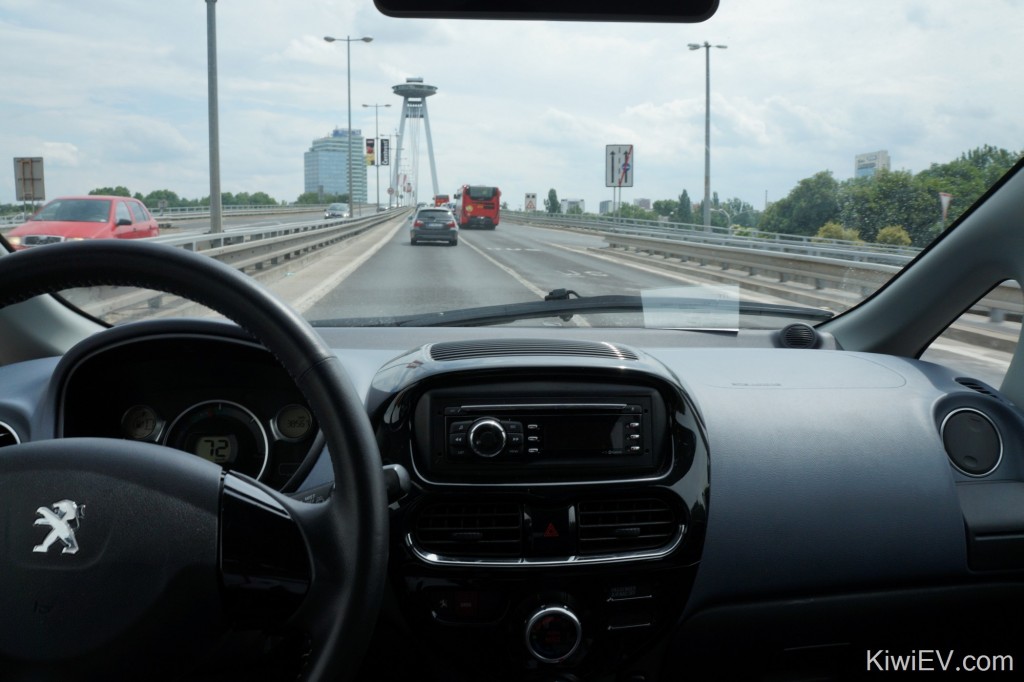
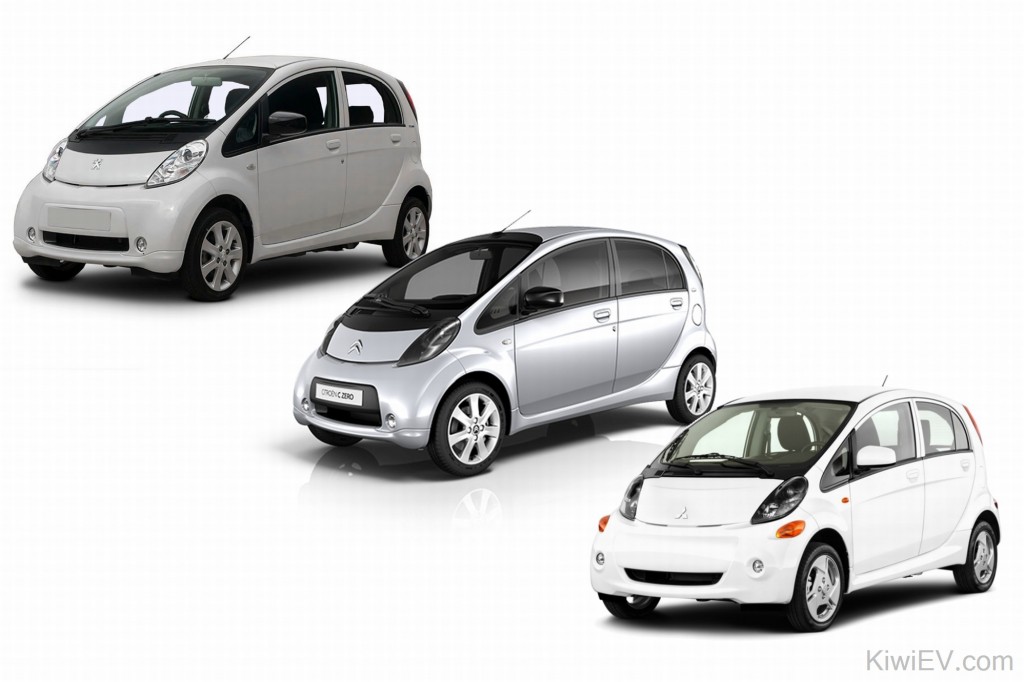






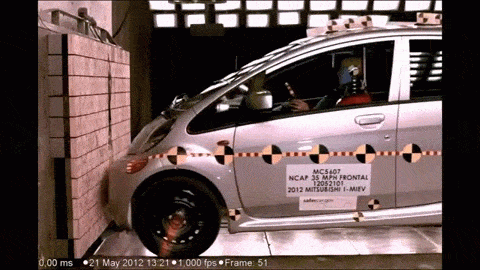
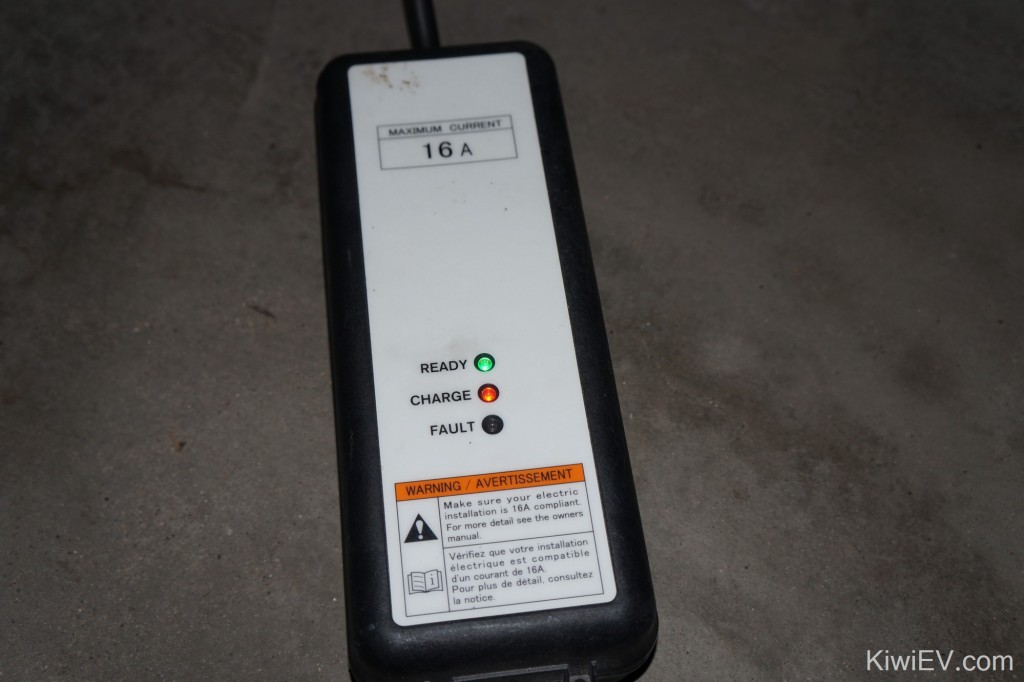
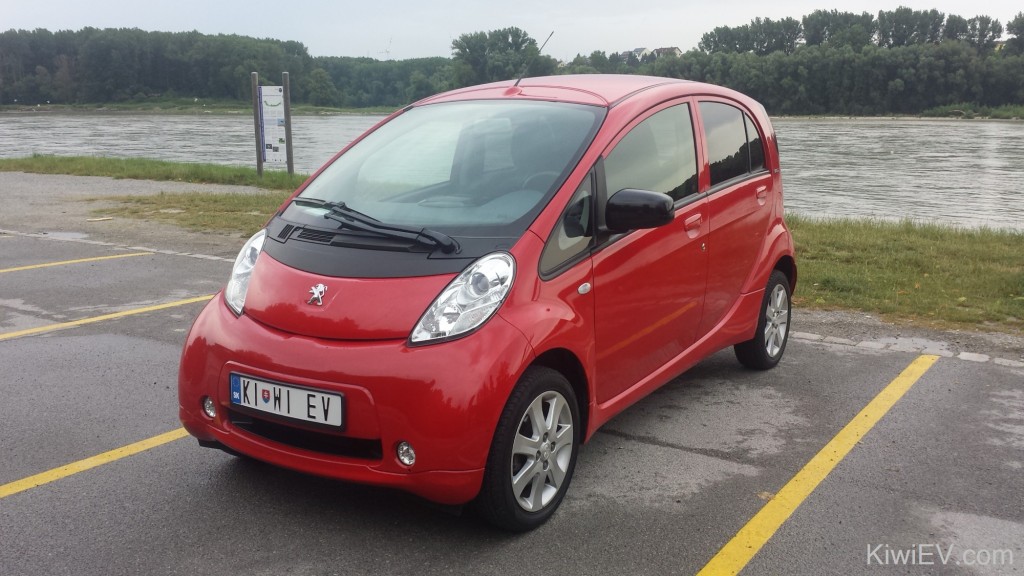
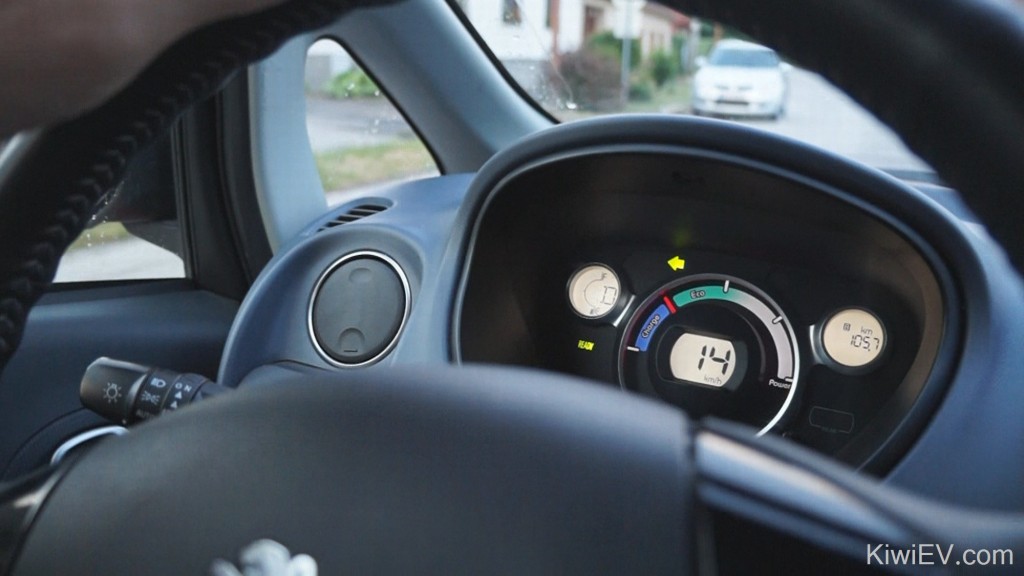
Hello Gavin, Iam a big electric car fan and recently I am thinking to change my wv golf LPG for one used peugeot ion. But i have still some questions: like what do you think about battery life, how long it can survive until replacement? Do you know how much is to replace the battery? What about climatization – it is regular clima. It is realy quiet inside the car? I live in Bratislava but Iam looking for to buy a car from France – because of the good price they have for a used car. Do you think it is posible to do this kind of journey for a non electric car user?? Last question dont you know somebody who want to sell electric car for reasonable price in SR/ČR (5-6000)? Thanks for help Lubos
Ahoj Lubos!
My car is 5 years old now but the battery is still in perfect condition, so I have no complaints. Peugeot iOn / Citroen C-Zero/ Mitsubishi iMiEV batteries seem to last longer (fewer problems) than Nissan Leaf batteries. I think a replacement battery is about €3000 or €4000 but I only know of one person who changed their battery in Australia. The air conditioning is a regular system, it works well. I agree about the prices in France. It’s much cheaper there. I almost bought an EV from Austria, but I am glad I found one in SK because driving this car long-distance would be very stressful. If you can find one in Austria it would be better for your stress levels. If you want to come over and test-drive my car you are welcome to. 🙂
Hey Gavin, i like your site and channel!
Is it possible to make a blog or vlog about the changes made by Mitsubishi IMIEV. I was suprised the first IMIEV’s where made in 2010/2011. So what happened the last 6/7 years. Is the battery pack still the same? Safety changes? Maybe other chargers available? Price evolution?
Can’t believe the the new IMIEV’s are almost the same as the first ones made (under the hood), or am i wrong? Technology changes so fast.
I have US spec iMiEV in Czech Republic (Trinec). Had to go through homologation to register the car in CZ. The US version is 10 cm wider, which makes a big difference. My original intent was to relocate from USA to CZ but the higher powers did not agree. My 70-year old mother drives the iMiEV but I am afraid she will inadvertently kill it. I am contemplating of finding better owner who would appreciate it more.
Hi Gavin,
Two weeks ago I’ve got my Ion and I already made 1700 km until today. It is fantastic car and thanks to you I’ve got a lot of useful information about it! If you will come to Slovenia one day you are very welcome!
Hi Gavin,
I’m the happy owner of a second-hand iOn in Switzerland. Do you think replacing the standard headlights with LED headlights would add significantly to the range?
Keep up the good work, your videos are very informative and funny too!